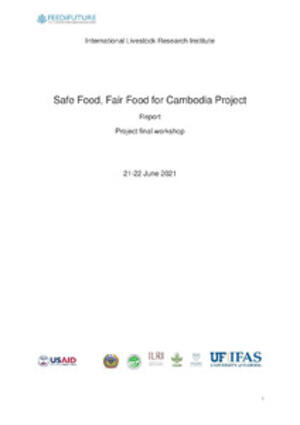
Herd prevalence of bovine brucellosis and analysis of risk factors in cattle in urban and peri-urban areas of the Kampala economic zone, Uganda
Abstract
Background Human brucellosis has been found to be prevalent in the urban areas of Kampala, the capital city of Uganda. A cross-sectional study was designed to generate precise information on the prevalence of brucellosis in cattle and risk factors for the disease in its urban and peri-urban dairy farming systems. Results The adjusted herd prevalence of brucellosis was 6.5% (11/177, 95% CI: 3.6%-10.0%) and the adjusted individual animal prevalence was 5.0% (21/423, 95% CI: 2.7% - 9.3%) based on diagnosis using commercial kits of the competitive enzyme-linked immunosorbent assay (CELISA) for Brucella abortus antibodies. Mean within-herd prevalence was found to be 25.9% (95% CI: 9.7% - 53.1%) and brucellosis prevalence in an infected herd ranged from 9.1% to 50%. A risk factor could not be identified at the animal level but two risk factors were identified at the herd level: large herd size and history of abortion. The mean number of milking cows in a free-grazing herd (5.0) was significantly larger than a herd with a movement restricted (1.7, p<0.001). Conclusions Vaccination should be targeted at commercial large-scale farms with free-grazing farming to control brucellosis in cattle in and around Kampala city.
Citation
Makita, K., Fèvre, E.M., Waiswa, C., Eisler, M.C., Thrusfield, M. and Welburn, S.C. 2011. Herd prevalence of bovine brucellosis and analysis of risk factors in cattle in urban and peri-urban areas of the Kampala economic zone, Uganda. BMC Veterinary Research 7: 60.










